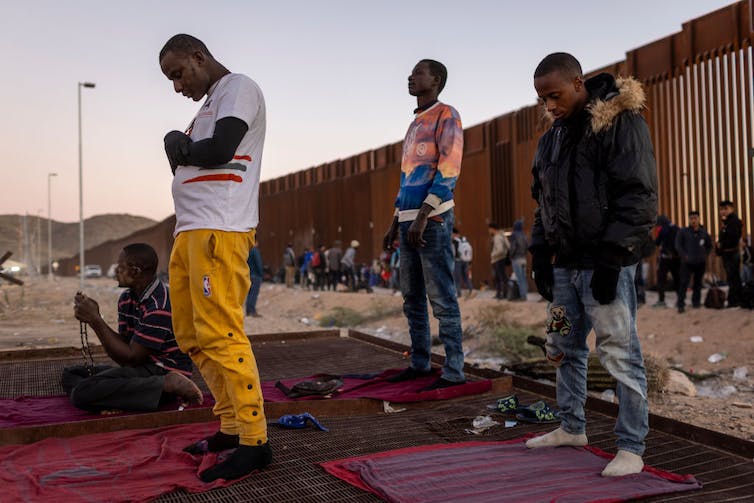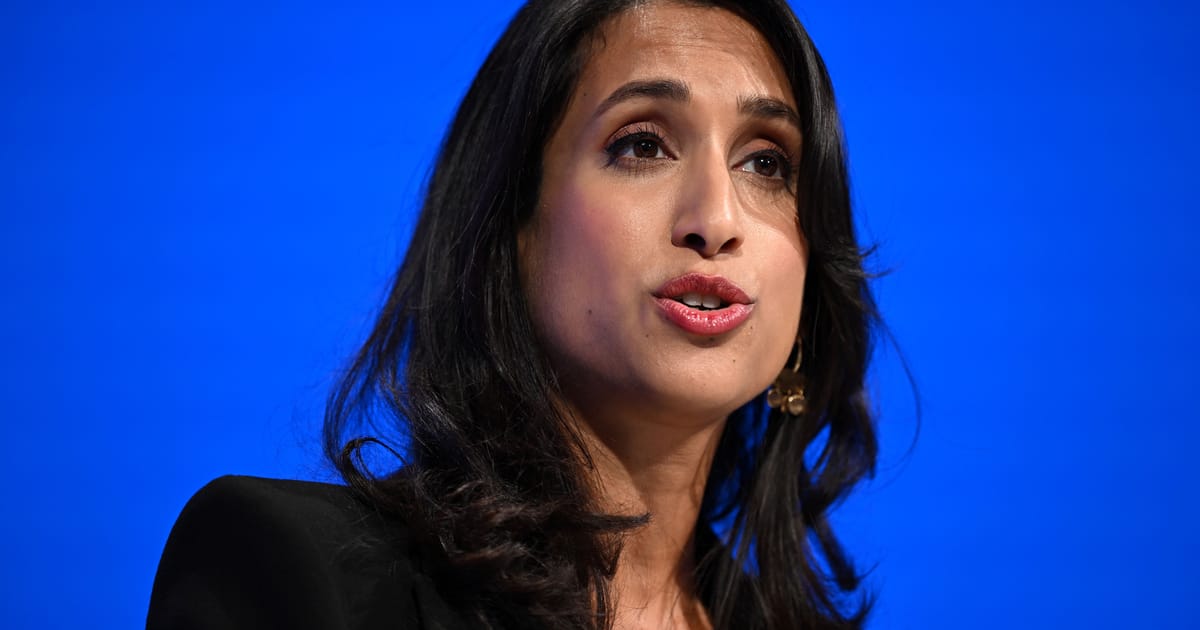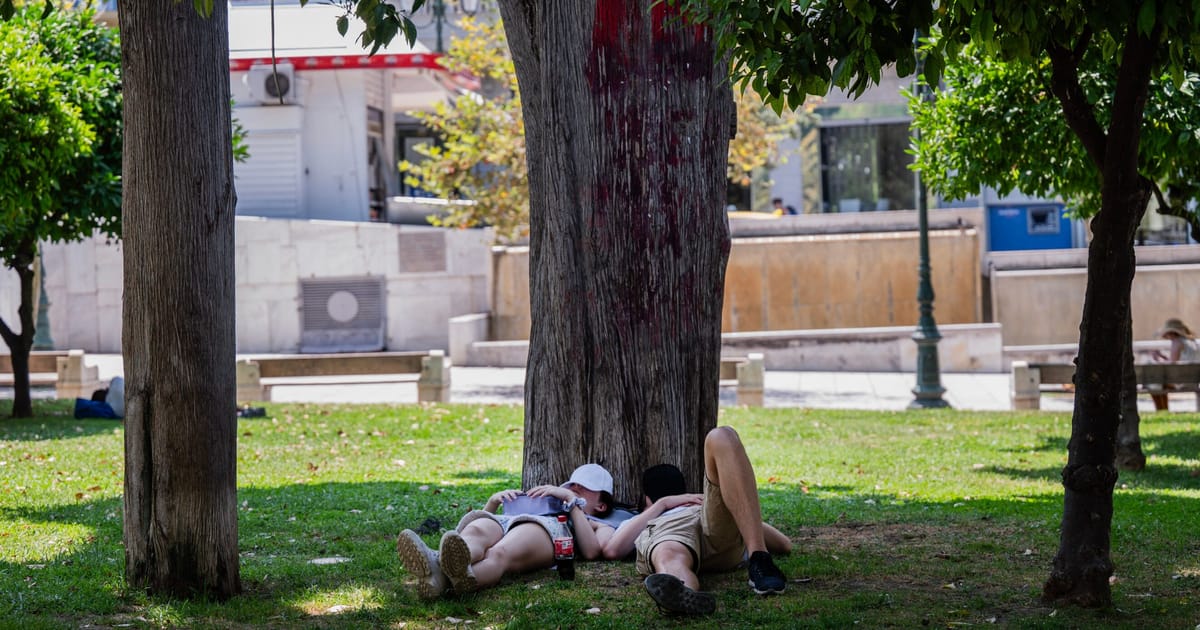Think of Iowa, our home. Many people picture cornfields: the Great Plains of the American heartland.
One thing many outsiders may not know about this agrarian, predominantly white state where we teach is that it has become “a home away from home” for a growing population of African immigrants. These newcomers include migrants, immigrants and a few university students, as well as people fleeing violence in countries such as Sudan, Somalia, Benin and the Democratic Republic of Congo.
As social scientists at the University of Iowa we are both involved in Homebuilding in the Heartland, a community-based research project. Together with colleague Amy Weismann, we aim to build connections with this population and learn from African immigrants’ experiences as they resettle in Iowa.
Despite their contributions to the region’s labor force, African immigrants across the Midwest are often overlooked and sometimes struggle to access resettlement services. However, religious institutions frequently play supportive roles as they adjust to their new home.
From Africa to Iowa
As of 2019, around 2 million Black immigrants from Africa were living in the United States – a number that has tripled since 2000. The number of African migrants and asylum-seekers apprehended at the southern border of the United States has also increased as people look for alternatives to Europe.
While these 2 million people represent a vast number of languages, cultures and religions, about half of sub-Saharan African immigrants come from just five countries: Nigeria, Ethiopia, Ghana, Kenya and Somalia.
John Moore/Getty Images
Overall, most Black immigrants who come to the U.S. from any part of the world settle in the Northeast or the South. However, about 1 in 10 make their home in the Midwest. According to the Migration Policy Institute, around 30,000 of the 3.2 million people in Iowa were born in Africa.
Some newcomers are attracted to the region because of economic opportunities, especially in meatpacking plants. Others come through recommendations from friends and family members already living there.
Most of the people we interviewed are refugees and asylum-seekers fleeing countries with widespread conflict and describe harrowing experiences on their journeys to the U.S. Many came with the aid of the United Nations High Commissioner for Refugees – the U.N. refugee agency – or the International Organization for Migration. Some of the refugees first arrived in other states, including California and Michigan, before making their way to Iowa.
Upon arrival, many are excited to settle into the supposedly utopian society they have dreamed of. Reality begins to set in as they face challenges with language, cultural shock and racism. Adjusting to the cold climate is also difficult, as are day-to-day difficulties like getting winter clothes and snow boots, and even getting used to how much personal space Americans give each other.
Refugees and immigrants are eligible for short-term aid with groceries, cash assistance, medical care and English classes. Yet these resources are sometimes not enough.
Safe − and sacred − places
In interviews, most immigrants are grateful for friends, family, colleagues and the staff of the secular nonprofit and government agencies who help try to make their stay in Iowa comfortable. However, religious organizations also fill gaps in many arrivals’ new lives – not only with goods and services, but spiritually and socially.
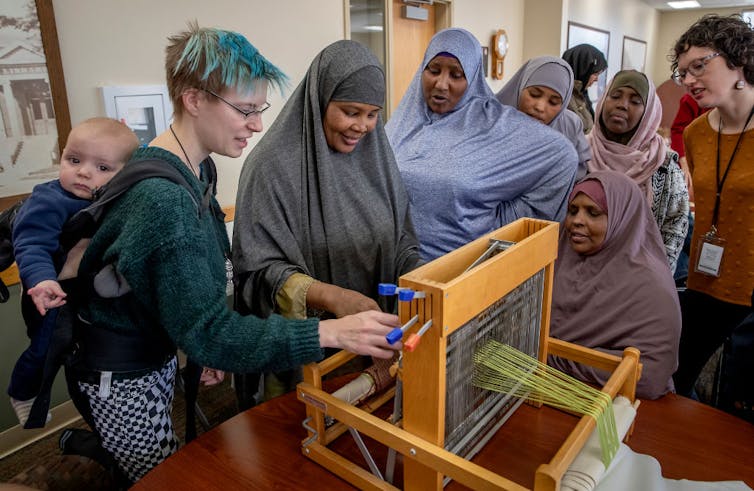
Elizabeth Flores/Star Tribune via Getty Images
Some of these groups, like Lutheran Immigration and Refugee Service – which recently changed its name to Global Refuge – are official resettlement partners of the U.S. government.
Others, including Catholic Worker, Lutheran Services in Iowa, Iowa City Compassion and the Catherine McAuley Center, a charity founded by Catholic nuns, help provide basic supplies, clothing and food, as well as help enrolling migrant kids in school. Religious groups also organize food drives for Thanksgiving and Christmas.
Some individual members of congregations take it upon themselves to help. One interviewee recalled, “It was snowing, and this elderly woman saw me and my baby around the church. She talked to me and helped to get items like an iron, table, and some sheets, and dropped me off after the shopping. She helped me so much.”
Religious places are also used as safe spaces for African migrants’ stories, highlighting the problems they are facing as individuals and as a community, and thinking of ways to proffer solutions.
For this research, our focus was on Christian and Muslim religious communities. Once in Iowa, many Christians and Muslims come to feel at home by forming groups in religious spaces such as choirs, women’s groups and Bible study – helping them build networks with people with similar experiences, while also connecting with non-African Iowans. Women we’ve interviewed in Des Moines, for example, say that chatting in mosque after prayers is an important part of their lives.
Some interviewees comment on their congregations’ inclusivity, which allows for their native languages to be used in songs and sermons, even in religious services with nonimmigrants. A few congregations also open up their spaces for African attendees to hold cultural events and get-togethers with familiar music and food.
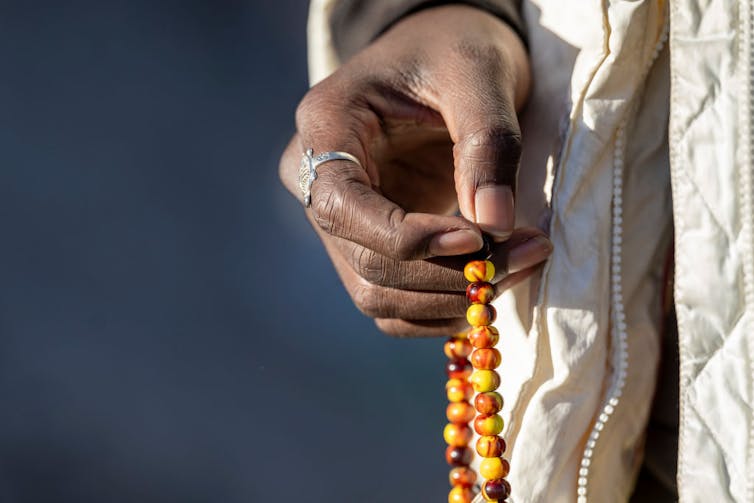
John Moore/Getty Images
Change ahead
However, during one of the interview sessions in one of the churches in Iowa City, a few respondents hoped for an increased sense of belonging in other kinds of social circles as well: community gatherings, workplaces and their children’s schools, for example.
Many of our interviewees complain about lack of assistance from the government during the assimilation process and advocate for additional support such as more citizenship education for newly resettled immigrants.
Yet, they are confident that with time, Iowa will diversify, making it feel more like home: a state where they can put down roots, worship among friends and even access African foods such as “ugali” cornmeal, pilau and jollof rice.

